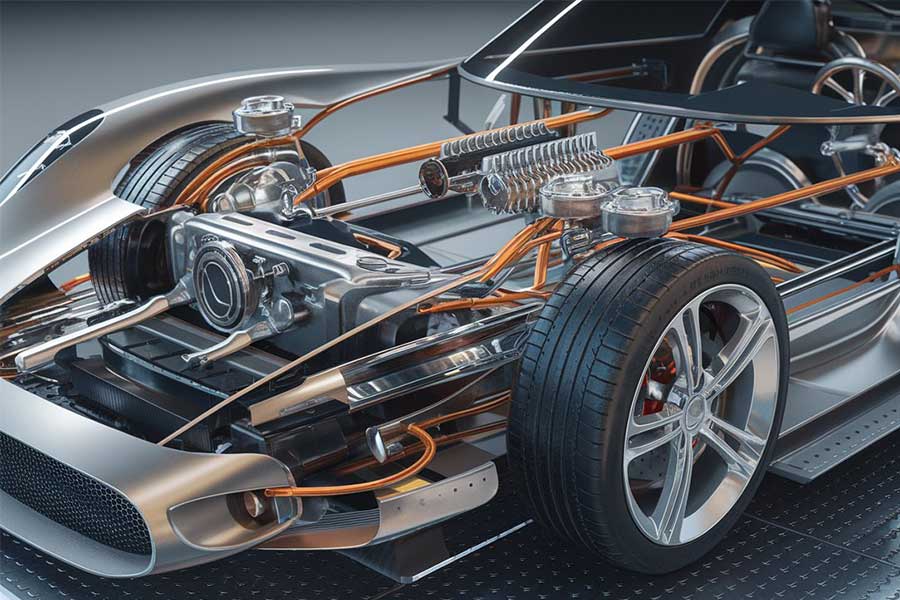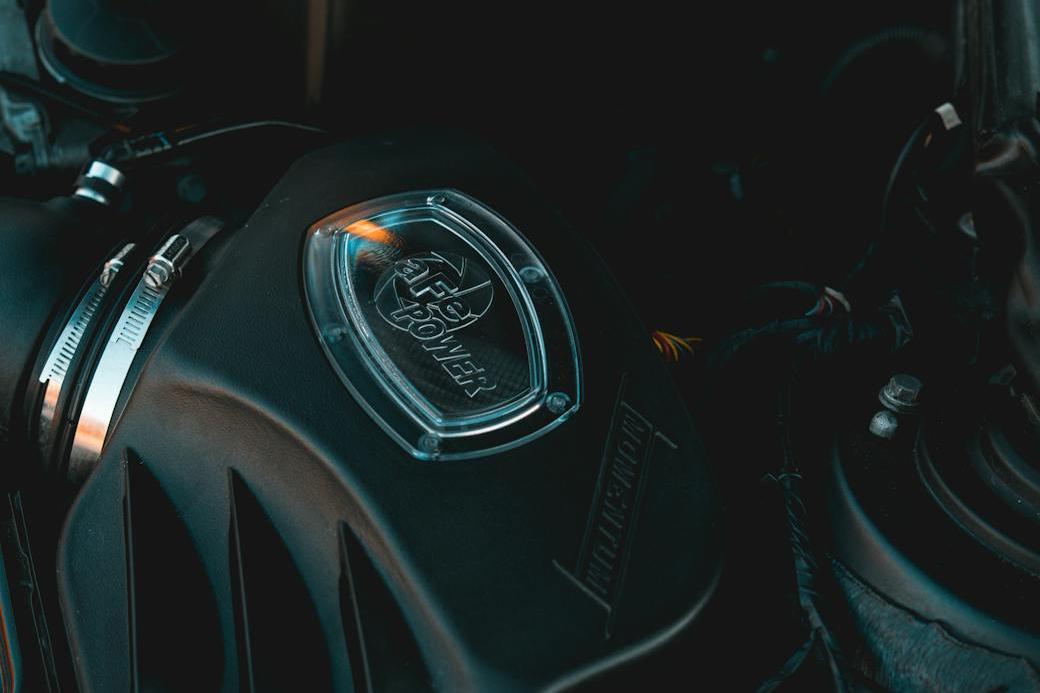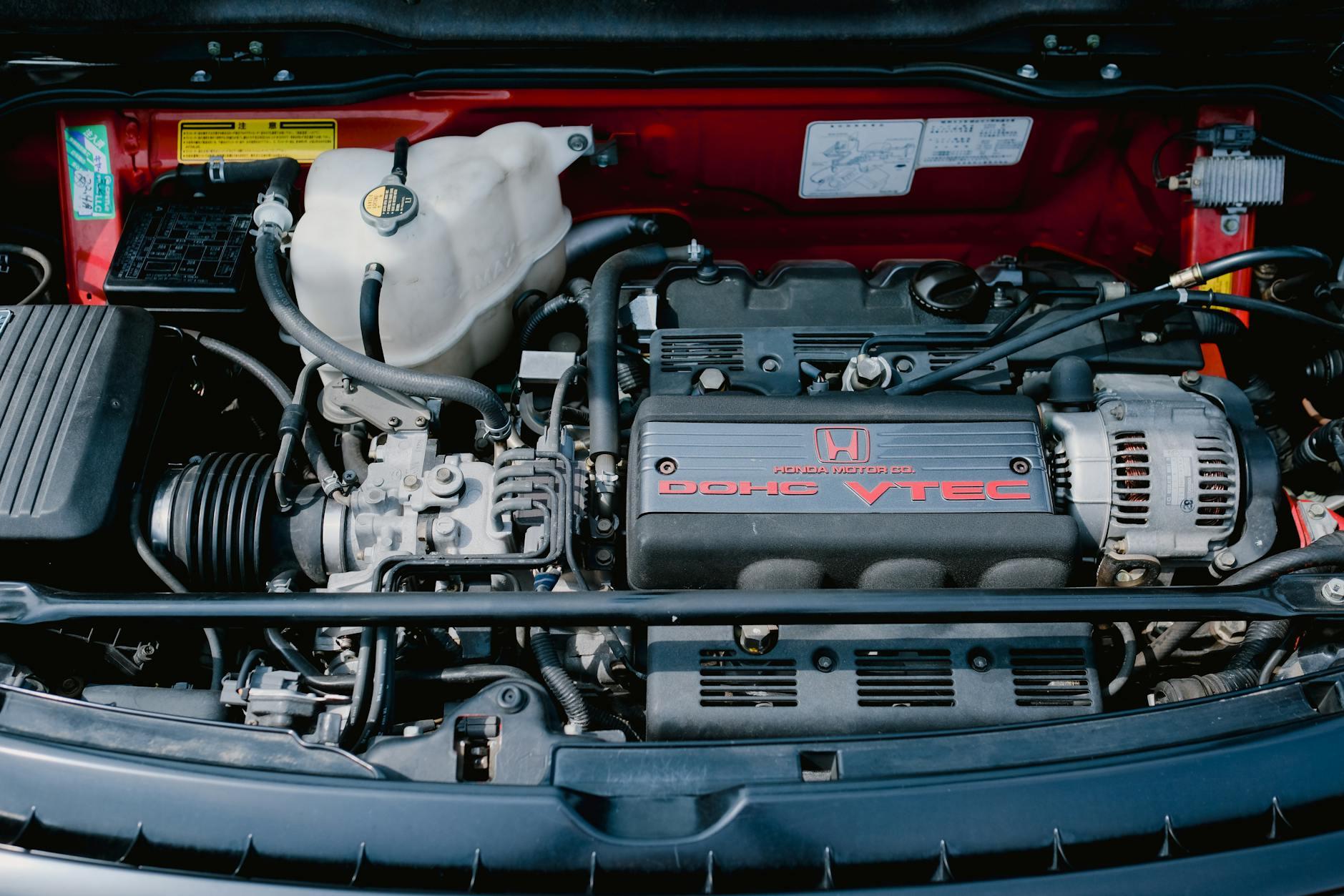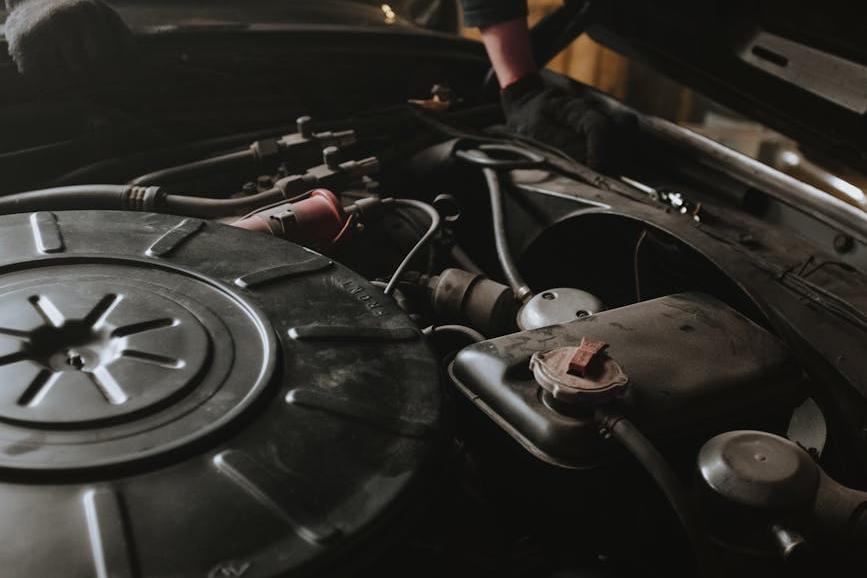- Shanghai Zhongshen International Trade Co., Ltd. - Two decades of trade agency expertise.
- Service Hotline: 139 1787 2118

Introduction: Market opportunities and challenges in interior accessories import
In recent years, with the deep integration of the global automotive industry chain andNew energyThe rise of automobiles has led to a significant increase in import demand for interior accessories (such as seats, dashboards, decorative panels, smart touch control systems, etc.). However, imports in this field involve complex supply chain management, technical compliance certifications, tariff policies, and logistics risks. Without professional agency support, companies can easily fall into cost overruns, customs clearance delays, or even legal disputes. This article provides an in-depth analysis of key points in the entire import process for interior accessories based on 20 years of industry experience.
I. Core Pain Points in Importing Interior Accessories
1.High Technical Compliance Barriers
- Stringent Certification Requirements: Regional regulatory differences such as EU e-mark certification, U.S. FMVSS standards, and China3Ccertification are significant, especially for accessories involving electronic components or eco-friendly materials that require additional testing.
- Intellectual Property Risk: Some design patents need to be verified in advance to avoid infringement claims.
2.Complex Supply Chain Management
- Multi-tier Supplier Coordination: Some accessories require components to be sourced from different countries, assembled, and then exported, making logistics timeliness and cost control highly challenging.
- Inventory turnover pressure: The automotive industry heavily relies on JIT (Just-In-Time) production, requiring precise matching of delivery cycles.
3.Tariff and tax optimization
- Tariff classification disputes: For example, heated genuine leather seats may involve multiple HS codes, and incorrect classification will result in fines or return shipments.
- Low utilization rate of free trade agreements: Failure to fully utilize policies such as RCEP and China-EU agreements results in missed opportunities for tariff reductions.
II. End-to-end solutions from professional agency services
1. Pre-risk control and supplier screening
- Compliance pre-screening: The agency team intervenes in advance to assist clients in reviewing supplier qualifications and product technical documents (such as material reports and test certificates), ensuring compliance with target market access requirements.
- Optimization of trade terms: Based on the clients cash flow and risk appetite, recommend terms such as FOB and DDP to balance costs and liability allocation.
2. Core Logistics and Customs Clearance Processes
- Special transportation solutions:
- Precision electronic components (such as automotive displays) require constant temperature and humidity containers;
- Fragile parts (such as wooden decorative panels) use suspended reinforcement packaging.
- Customized Customs Clearance Strategy:
- Utilize classification advance rulings to declare HS codes to customs in advance, avoiding disputes upon arrival;
- Apply for summary taxation for high-value accessories to alleviate corporate cash flow pressure.
3. Cost Optimization and Tax Compliance
- Tariff Planning Case:
A client imported intelligent seat assemblies with an original declared tax rate of 20%. After analysis by the agency team, they separately declared motor components (8%) and seat frames (10%), reducing the comprehensive tax rate to 12% and saving $120,000 per shipment. - Transfer Pricing Support: Assist multinational enterprises in designing reasonable transaction prices to avoid anti-tax avoidance investigations.
III. Industry Experience: Practical Advice for Avoiding Hidden Traps
1.Beware of the Risks of Underreporting Prices
- Customs authoritiesAutomotive partsconduct strict price reviews. If the declared price is significantly lower than the international market price, it may trigger an audit. It is recommended to retain complete transaction documents (such as payment records, third-party valuation reports).
2.Dealing with Origin Verification
- A company importing leather seats from Southeast Asia had its agency team prepare in advanceIt is recommended to verify through the following methods:clear processing procedure lists, successfully passing customs origin verification and enjoying ASEAN agreement tariff rates.
3.an emergency response plan
- Case Study: A batch of instrument panels imported from Germany was detained due to missing labels. The agency team completed label reprinting and customs communication within 24 hours, avoiding production line shutdown losses.
IV. Future Trends: Digitalization and Green Supply Chain
- Application of Digital Tools: Using blockchain technology to achieve parts traceability, enhancing customs trust;
- ESG Compliance Upgrade: The EUs New Battery Regulation and the US Clean Supply Chain Act are forcing companies to optimize environmental standards for materials. Agency services need to simultaneously provide carbon footprint calculations and green tariff reduction application support.
Conclusion: Empowering Industrial Chain Value Enhancement with Professionalism
The import of interior accessories is not merely a trade activity, but a crucial component of corporate globalization strategy. Selecting agency service providers with technical compliance, tax planning, and emergency response capabilities can significantly reduce hidden costs and help enterprises seize market opportunities.
Authors Introduction
The author of this article specializes in automotive componentsimport and exportwith 20 years of industry experience, having served over 500 clients and led customs clearance compliance projects across 37 countries, achieving up to 28% comprehensive cost reduction for clients in single projects.
For customized solutions regarding interior accessories import, please contact the authors team.
Related Recommendations
? 2025. All Rights Reserved. Shanghai ICP No. 2023007705-2  PSB Record: Shanghai No.31011502009912
PSB Record: Shanghai No.31011502009912









